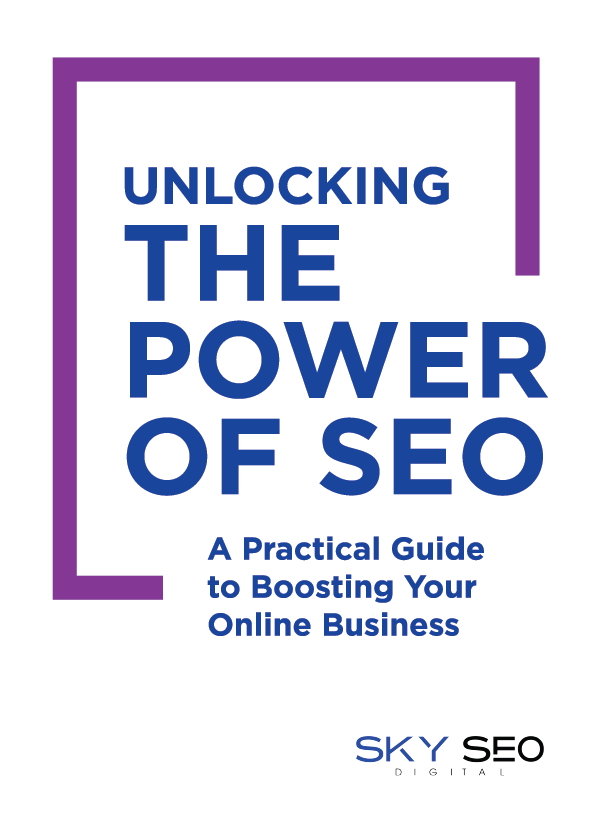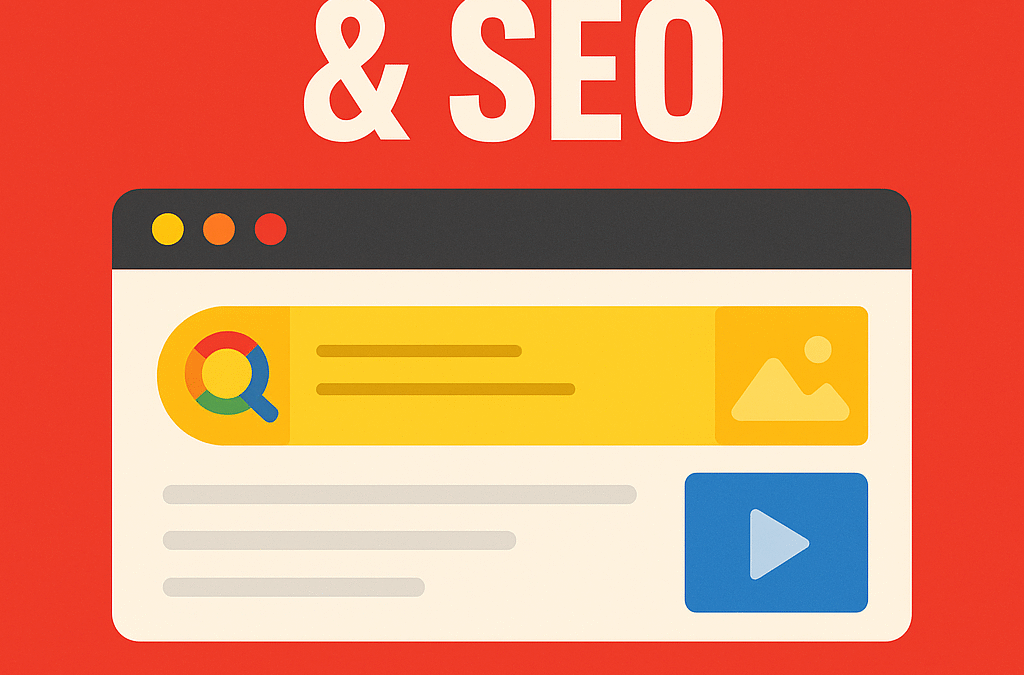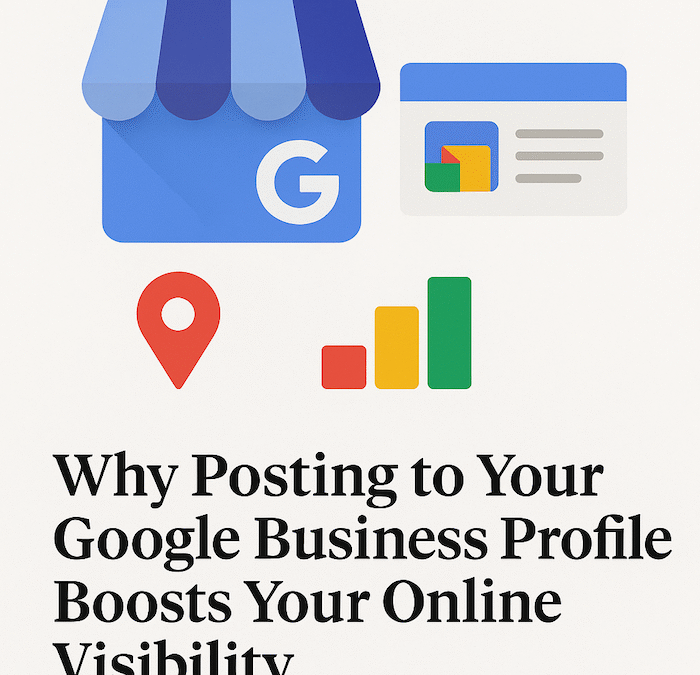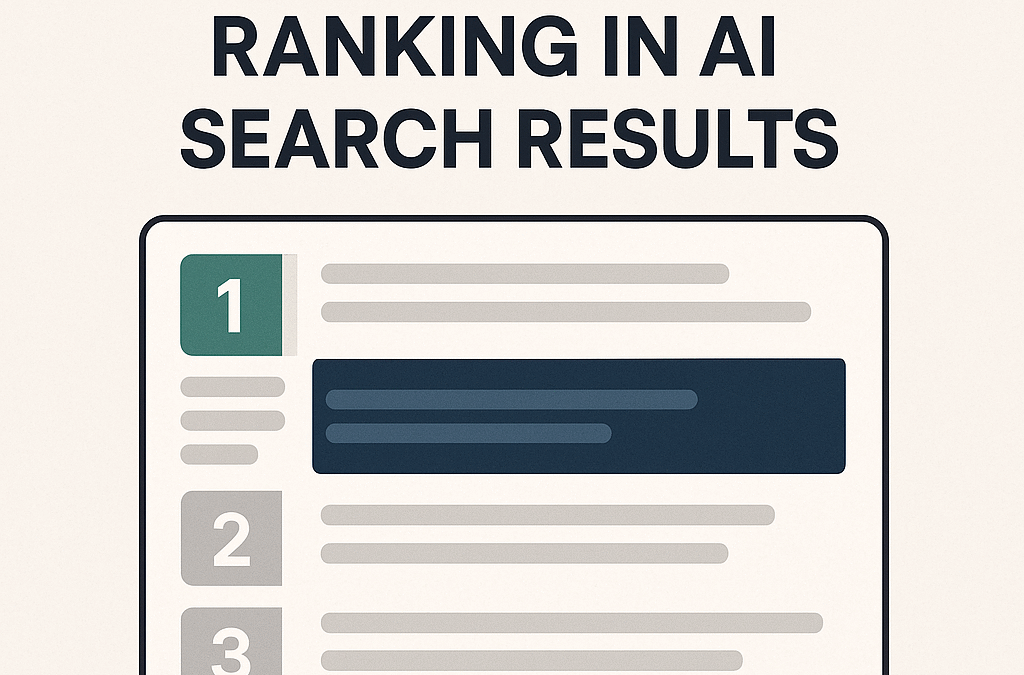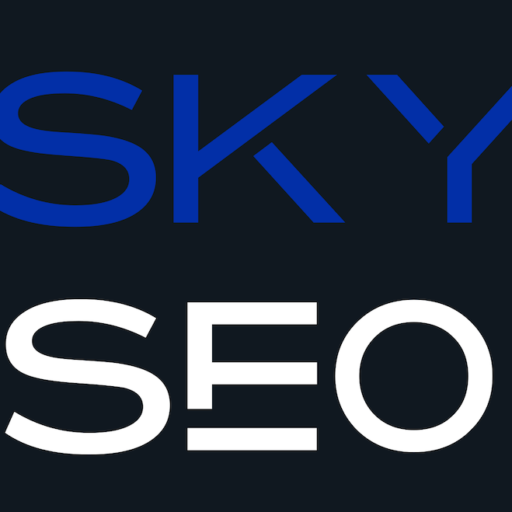The digital marketing and SEO landscape is rapidly evolving with the rise of AI-powered tools like Perplexity AI. Combining the capabilities of a search engine with advanced natural language processing (NLP), Perplexity AI is transforming how businesses conduct research, create content, and optimize for search engines. This blog delves into how marketers can leverage Perplexity AI for their campaigns, explores practical use cases, and answers frequently asked questions.
What is Perplexity AI?
Perplexity AI is an advanced answer engine that synthesizes information from trusted sources to provide clear, concise, and contextually relevant responses. Unlike traditional search engines that present a list of links, Perplexity offers direct answers supported by citations. It integrates real-time web access, making it a powerful tool for marketers seeking accurate insights and actionable data.
How Can Perplexity AI Be Used in Digital Marketing?
Market Research
Competitor Analysis
Perplexity AI streamlines competitor analysis by providing access to a wide range of data sources, including industry reports, news articles, and social media discussions. Marketers can use the platform to identify competitors’ strengths, weaknesses, and market positioning. It enables users to ask targeted questions like “What advertising platforms are competitors using?” or “What are the most effective engagement tactics in [industry]?” Additionally, Perplexity’s ability to synthesize information allows businesses to uncover emerging threats or opportunities in their competitive landscape.
Consumer Behavior Insights
By analyzing vast datasets, Perplexity AI helps businesses understand consumer preferences and behaviors. For example, retailers can use it to identify shopping habits, such as preferred product categories or seasonal trends. This data can guide tailored marketing campaigns, product development, and customer experience strategies. Furthermore, its ability to process real-time feedback from sources like reviews or social media ensures that businesses stay aligned with evolving consumer demands.
Trend Prediction
Perplexity AI excels at analyzing historical and real-time data to forecast emerging market trends. This includes identifying shifts in consumer preferences, technological advancements, or industry disruptions. For instance, businesses can query “What are the upcoming trends in sustainable energy?” or “Which industries are expected to grow in 2025?” These insights allow companies to adapt their strategies proactively and maintain a competitive edge.
Practical Applications Across Industries
Retail: Perplexity AI helps retailers analyze consumer behavior and optimize product offerings by identifying popular items or predicting future demand based on historical sales data.
Finance: Investors use Perplexity AI for stock market analysis, sentiment tracking, and risk assessment by leveraging real-time financial data and predictive analytics.
Healthcare: The platform aids in patient care by analyzing medical records and predicting potential health complications for personalized treatment plans.
Product Development: Designers can leverage Perplexity AI for user research, gathering insights on consumer needs and preferences to create innovative products.
By integrating these capabilities into their workflows, businesses can make informed decisions, improve efficiency, and stay ahead of their competition.
Content Strategy
Perplexity AI offers several transformative capabilities for marketers and content creators, enabling them to streamline their workflows and achieve better results.
Idea Generation
In terms of idea generation, the tool leverages its advanced language models to produce innovative and tailored content ideas for specific industries or audiences. Whether you’re in healthcare, technology, or fashion, Perplexity AI can analyze trends, audience preferences, and industry-specific data to suggest unique angles for blog posts, social media campaigns, or video content. This ensures that your ideas remain fresh and relevant, helping you stand out in competitive markets.
Content Optimization
For content optimization, Perplexity AI goes beyond basic keyword suggestions. It provides insights into meta descriptions, headline structures, and other SEO elements that can significantly improve search rankings. By analyzing the latest algorithms and user behavior patterns, it helps creators craft content that aligns with search engine requirements while engaging audiences. This dual focus on technical SEO and user experience ensures maximum visibility and impact.
Personalization
Personalization is another standout feature of Perplexity AI. By leveraging data about audience segments—such as demographics, interests, and online behaviors—it enables marketers to create highly targeted campaigns. These campaigns can be tailored to resonate with specific groups, improving engagement rates and conversion metrics. For example, a brand targeting Gen Z might receive recommendations on tone, platforms, and content types that align with this audience’s preferences. This level of personalization fosters deeper connections between brands and their customers while driving measurable results.
Answer Engine Optimization (AEO)
With the rise of answer engines like Perplexity, traditional SEO is evolving into AEO. Marketers must now optimize content to provide direct answers that align with user intent.
Workflow Efficiency
- Automates repetitive tasks like keyword research and content analysis.
- Provides real-time answers to marketing queries, streamlining decision-making processes.
Use Cases of Perplexity AI
Competitive Analysis
A marketing team can use Perplexity to analyze how competitors are positioning their products or engaging on social media platforms. This insight allows businesses to refine their own strategies.
Content Creation
Before launching a campaign, marketers can consult Perplexity for trending topics within their niche. This ensures that the content resonates with the target audience and aligns with current interests.
SEO Optimization
By using Perplexity Pages—a feature that allows brands to publish optimized content directly on the platform—businesses have achieved faster indexing and higher rankings for target keywords.
Real-Time Decision Making
Perplexity’s ability to resolve complex queries instantly makes it invaluable for time-sensitive decisions, such as adjusting ad spend or refining campaign messaging.
Tips for Optimizing Content for Perplexity AI
Focus on Long-Tail Keywords: Use conversational phrases that align with how users ask questions.
Build Topical Authority: Create comprehensive content that covers all aspects of a topic.
Leverage Follow-Up Questions: Analyze suggested follow-ups in Perplexity’s responses to identify additional user needs.
Use Multimedia Elements: Incorporate videos or images where applicable as Perplexity prioritizes diverse formats.
Publish on Perplexity Pages: Take advantage of this feature to enhance visibility directly within the platform.
More Than Just a Search Tool
Perplexity AI is more than just a search tool—it’s a game-changer for digital marketing and SEO strategies. From conducting rapid market research to creating personalized campaigns and optimizing for answer engines, its applications are vast and impactful. As the digital landscape continues shifting toward AI-driven solutions, adopting tools like Perplexity ensures your brand remains competitive in an ever-evolving market.
By understanding its features and leveraging its potential effectively, marketers can unlock new opportunities for growth while delivering value-driven experiences to their audiences.
FAQs About Perplexity AI in Marketing
How does Perplexity AI work?
Perplexity AI uses advanced language models like GPT-4 and Claude 3.5 Sonnet to process user queries. It retrieves data from trusted sources across the web and synthesizes it into concise answers with citations.
How does it impact traditional SEO?
Perplexity shifts focus from link-based search results to direct answers. This means businesses must prioritize high-quality, authoritative content that aligns with user intent and conversational queries.
What is Answer Engine Optimization (AEO)?
AEO involves optimizing content specifically for answer engines like Perplexity AI. This includes creating user-focused content that directly addresses questions in a conversational tone.
How long does it take to see SEO results on Perplexity?
Results can vary but typically range from a few weeks to several months depending on the level of optimization and ongoing efforts in AEO.
Does Perplexity replace traditional search engines?
No, but it complements them by offering a more conversational search experience. It often pulls data from Google along with other sources like YouTube or Wikipedia.
Is Perplexity AI suitable for small businesses?
Yes! Small businesses can use it for cost-effective market research, keyword analysis, and content creation without needing extensive resources.
What platforms is Perplexity AI available on?
Perplexity AI can be accessed via its website, mobile apps (iOS and Android), and desktop apps (macOS and Windows). Users can choose the platform that best suits their needs.
How does Perplexity AI handle user privacy?
Perplexity AI allows users to browse without creating an account, ensuring searches are not tracked. For those who register, it offers features like saved searches while maintaining strict privacy standards.
What are Perplexity AI’s Focus Modes, and how do they work?
Focus Modes allow users to narrow their searches to specific content types, such as academic papers, social media, videos, or mathematical computations. This feature helps tailor results to the user’s specific research needs.
Can Perplexity AI process uploaded files?
Yes, Perplexity AI supports file uploads, including PDFs and text files. Users can ask questions about the contents of these documents directly within the platform.
What distinguishes Perplexity AI from traditional search engines?
Unlike traditional search engines that provide a list of links, Perplexity AI delivers direct, concise answers with citations. It also supports conversational follow-ups and real-time information retrieval for a more interactive experience.


